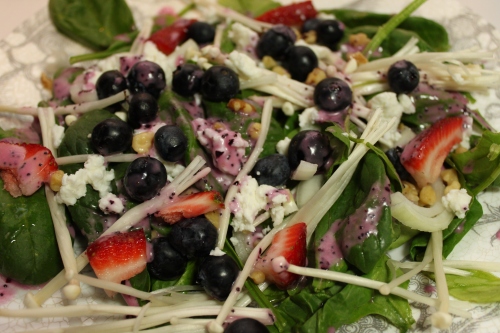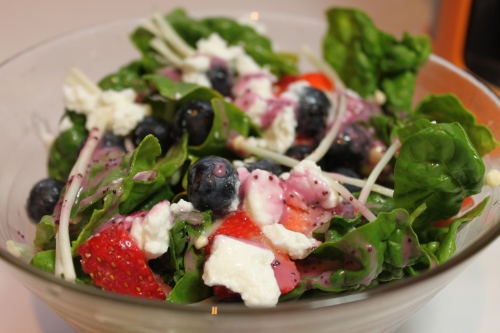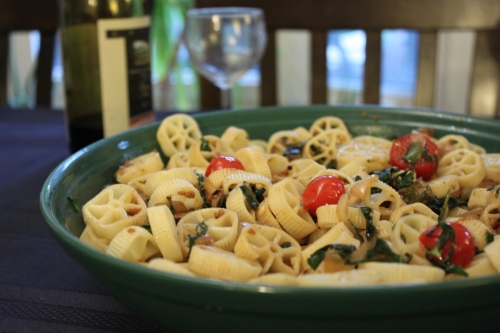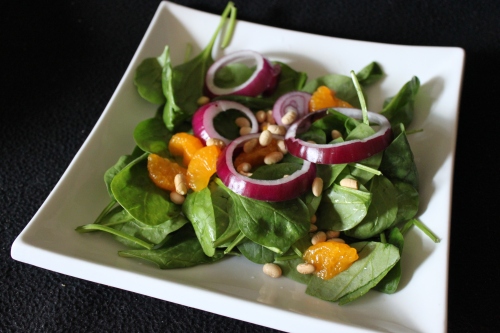Among other items, this Parsha includes the famous story of Noach, the ark, and the rainbow. As it says in Bereishit/Genesis 9:13.
אֶת קַשְׁתִּי נָתַתִּי בֶּעָנָן וְהָיְתָה לְאוֹת בְּרִית בֵּינִי וּבֵין הָאָרֶץ
My rainbow I have placed in the cloud, and it shall be for a sign of a covenant between Myself and the earth.
“Keshet B’anan” literally means a ‘bow’ in the ‘cloud.’ Many Meforshim (commentators) explain that the word ‘keshet’ throughout Tanach (Bible) means ‘bow’ as a weapon. Ramban points out that it lacks a bowstring and that the shape points Heavenward, showing that God will not aim it at us again.
Rav Amnon Bazak points out that the word קֶּשֶׁת keshet in the Parsha is not mentioned without עָנָן cloud and this combination of words is mentioned three times in Parshat Noach. He explains the combination of the bow with the cloud signifies the covenant. Since clouds throughout Tanach are mentioned as a screen, the bow is hiding in the cloud. Rav Bazak explains that Hashem is covering one of His weapons, like “returning a sword to its scabbard,” and His promise is that the bow will be ‘covered’ and will not be used against all flesh.
This week’s recipe is a rainbow-inspired spinach salad.

Bereishit 9:26 And it shall come to pass, when I cause clouds to come upon the earth, that the rainbow will appear in the cloud.
Rainbow Spinach Salad
Salad Ingredients:
- 1 package spinach, washed, checked, and cut
- 1/2 yellow pepper
- 1/2 orange pepper (use carrots if you’re stuck)
- 1/3 cup red tomatoes, chopped
- 1/4 red onion, sliced
- 1/4 cup blueberries,
- 1/2 cup snow peas, cut in half, (if you have avocado that would be delicious)
Dressing:
- 1/2 cup vegetable oil
- 1/3 – 1/2 cup red wine vinegar (to taste)
- 1/2 cup sugar
- 2 tablespoons soy sauce
- 1/2 teaspoon pepper
Lay out the salad ingredients in order the colour wheel. Mix dressing ingredients well and dress right before serving.
Enjoy!
B’tayavon and Shabbat Shalom.




![Bamidbar/Numbers 15;38 Speak to the Israelites and tell them to to make tassels (tzitzit) on the corners of their garments for all generations. They shall include a thread of sky-blue [wool] in the corner tassels.](https://torahportions.files.wordpress.com/2013/05/img_6408.jpg?w=500&h=333)




